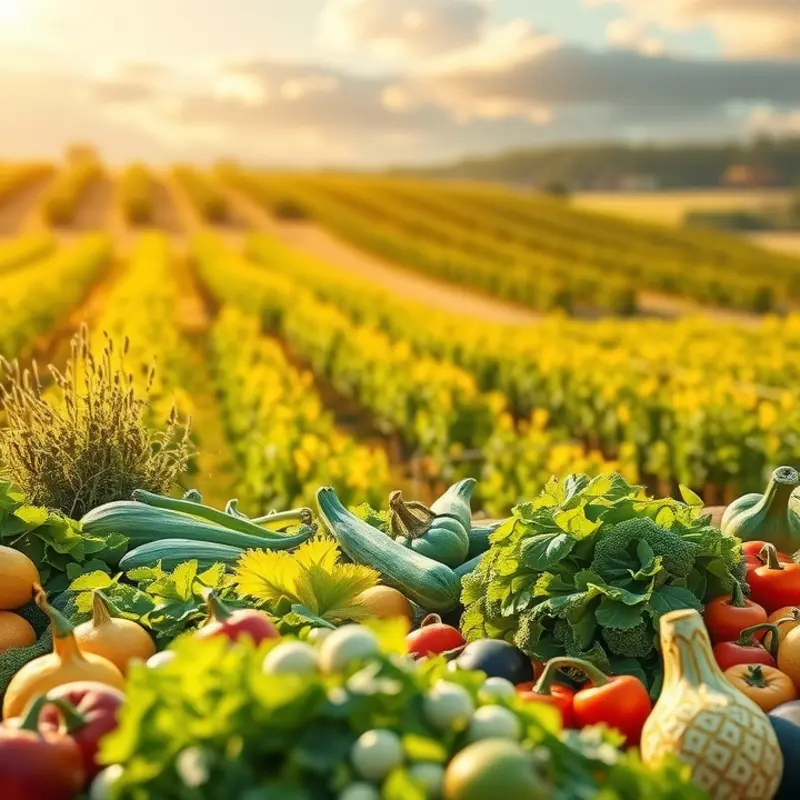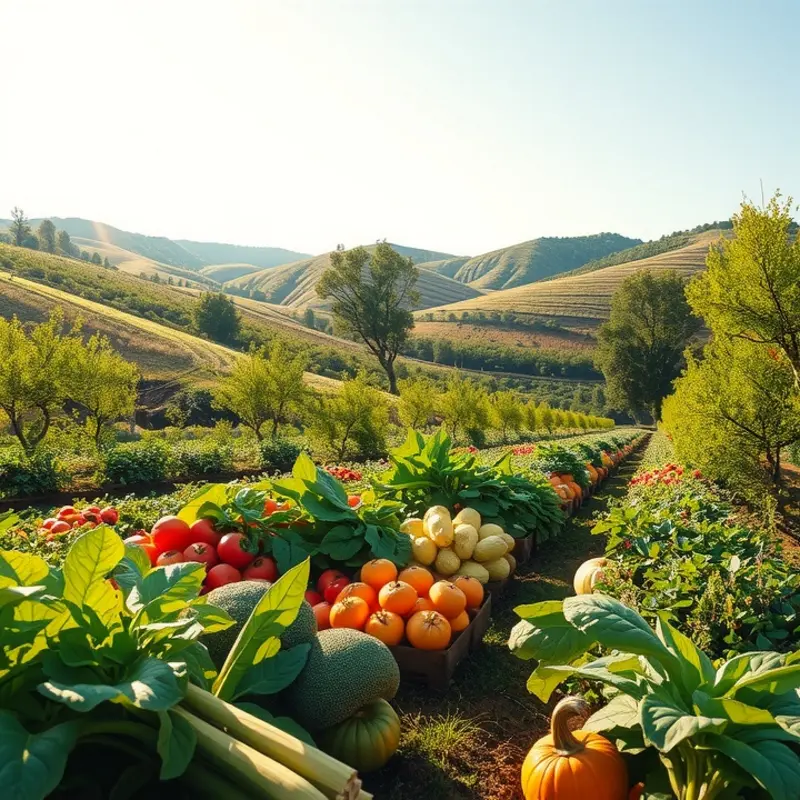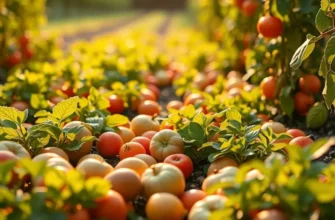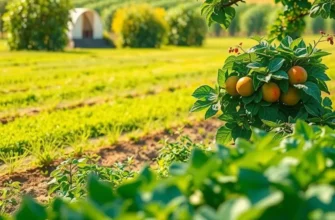Cooking with gas is a common practice in kitchens worldwide, but concerns over its effects on food safety frequently arise. This guide aims to clarify myths surrounding gas cooking and its impact on food preparation, delving into safety aspects and practical considerations. Understanding these factors can help home cooks make informed choices about their cooking methods to ensure both safety and quality.
The Connection Between Cooking with Gas and Food Safety

Cooking with gas has long been favored in both home and professional kitchens. This method of cooking is known for its quick heating and precise temperature control, offering advantages in culinary perfection. However, it’s crucial to examine how gas cooking impacts food safety and quality.
One clear benefit of gas cooking is the even distribution of heat. This results in more consistent cooking, reducing the risk of uneven heating that might leave some portions undercooked, a common concern for food safety. Properly cooked food is less likely to harbor harmful bacteria, such as Salmonella or E. coli. Ensuring food reaches safe internal temperatures is essential, and gas stovetops offer reliable control to achieve this.
Yet, using gas cooking appliances presents potential safety challenges. A primary concern is the risk of gas leaks, which can be hazardous both from an explosion risk and from the potential accumulation of carbon monoxide (CO). Regular maintenance and installation of CO detectors in kitchens can mitigate these risks, ensuring the environment remains safe for cooking.
Another aspect to consider is the combustion by-products from gas stoves. These can include nitrogen dioxide and particulate matter, which, in poorly ventilated spaces, might impact indoor air quality and indirectly affect the food’s safety when preparing meals. Proper ventilation through range hoods or exhaust fans can significantly reduce these potentially harmful effects.
Interestingly, the moisture produced by gas cooking can positively influence food quality. Gas stoves emit water vapor as a byproduct, which can help keep food juicy and prevent it from drying during cooking. This is especially beneficial in baking or slow-cooking processes, where moisture retention is crucial for the final taste and texture.
On the other hand, there’s a myth that gas cooking could introduce unwanted flavors into food. This concern often arises from outdated equipment or poorly maintained burners. Ensuring that your gas appliances are in good condition helps maintain the purity of flavor and the integrity of ingredients. For tips on boosting flavor without compromising health, explore these alternative flavor boosters.
In conclusion, cooking with gas offers several advantages that appeal to many food enthusiasts and professional chefs. However, maintaining gas appliances, ensuring proper ventilation, and regular safety checks are crucial in mitigating risks. Understanding these factors helps maintain both high safety standards and the quality of your culinary creations, offering assurance whether you’re preparing a simple dish or an elaborate meal.
Best Practices for Safe Cooking with Gas

Cooking with gas offers precision and speed, transforming the culinary experience in your kitchen. Yet, care is necessary to ensure safety. Understanding and implementing proper techniques can prevent accidents and enhance your cooking routine.
Flame Management
Controlling the flame is fundamental. Adjust it so that it just licks the pan’s base. This prevents overheating and reduces gas wastage. A clear, blue flame indicates efficient burning—yellow flames may signal incomplete combustion, suggesting the need for maintenance.
Surprisingly, flame size doesn’t always equate to better cooking. Use a smaller flame for delicate tasks like simmering or melting butter. When boiling water, a large flame might quicken the process, but moderation avoids kitchen hazards.
Ventilation is Key
Ensure your kitchen is well-ventilated when using gas. Use an exhaust fan or open windows to disperse fumes. This step not only provides a safer environment but also enhances air quality, essential during prolonged cooking sessions.
Pot and Pan Considerations
Select cookware that suits your stove’s burners. Ensure pots cover the flame to absorb maximum heat efficiently. Unevenly sized pots can lead to heat inefficiencies and potential tipping hazards. Use flat-bottomed pans for even contact with the heat source.
Safe Food Handling Practices
Food safety goes beyond proper flame and equipment use. Cleanliness is pivotal. Prioritize washing your hands before and after handling raw ingredients. Implementing safer storage of sauces and perishable items can minimize foodborne risks. Learn more about safer storage of sauces here.
Avoid Overcrowding
Crowding pots can lead to uneven cooking. Leave room for heat to circulate. This tactic not only improves the texture and flavor of food but also mitigates splattering, which could cause burns or flare-ups.
Proper Equipment Maintenance
Regularly inspect gas pipes and connections for leaks. A simple soap solution can help detect potential leaks—bubbles will form if there’s seepage. Annual professional inspections ensure all components function correctly, preventing unexpected interruptions.
Emergency Readiness
Despite precautions, always prepare for emergencies. Keep a fire extinguisher nearby, and store it in an accessible location. Familiarize yourself with its use, and ensure all household members do too.
With these best practices, gas cooking can be both safe and rewarding. By taking deliberate steps, you can enjoy the artistry of cooking while prioritizing kitchen safety.
Final words
Cooking with gas is a widely accepted method, acclaimed for its efficiency and control in culinary settings. While legitimate concerns exist regarding safety, adhering to proper cooking practices significantly minimizes risks. Ensuring ventilation and avoiding incomplete combustion can maintain air quality, making gas cooking a secure option. By understanding the nuances of gas cooking, home chefs can confidently create delicious and safe meals, fostering both culinary delight and health-conscious eating. Staying informed empowers cooks to make the best choices for their kitchens.








